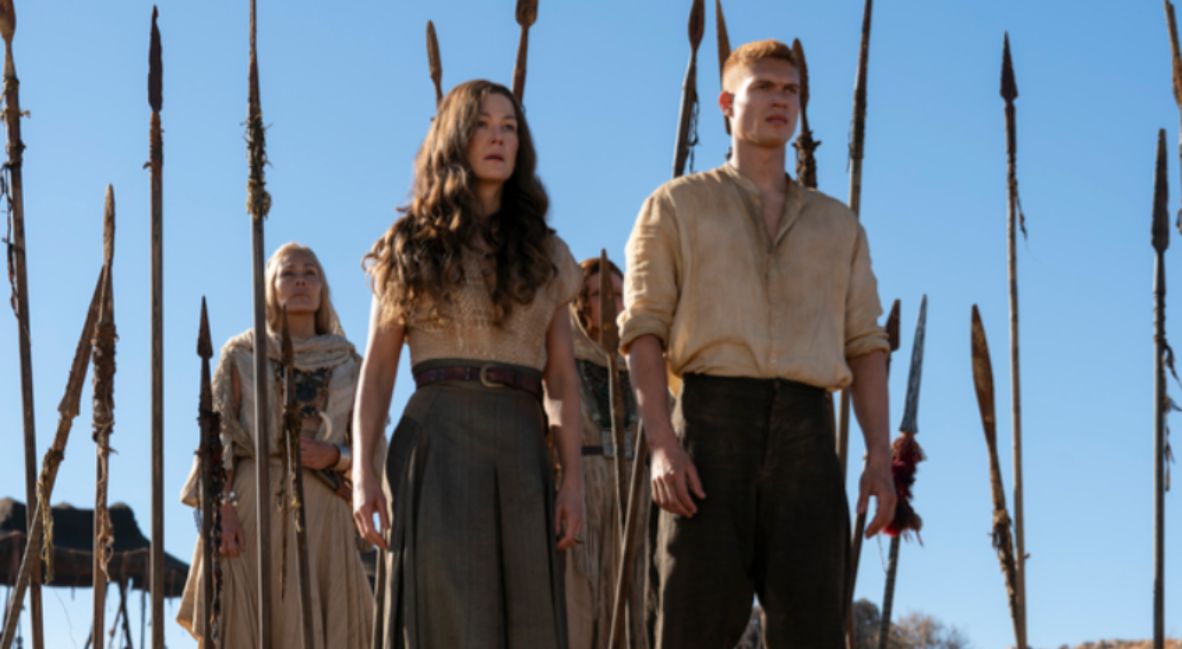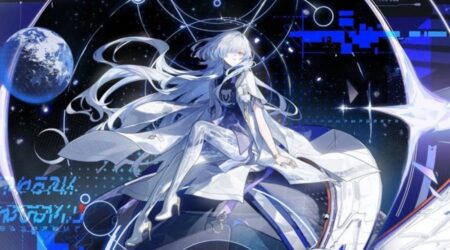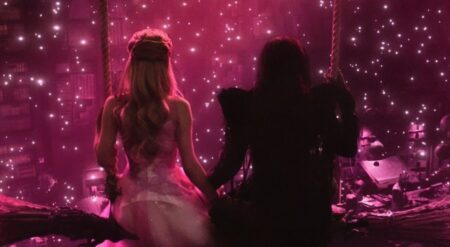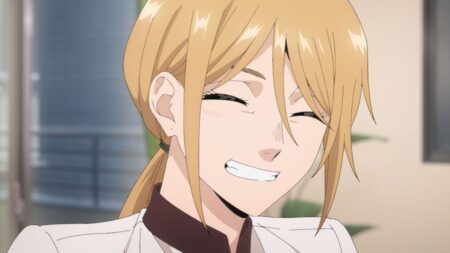In the grand swell of “content,” the constantly improving The Wheel of Time defied expectations. Based on the epic – and epically dense – fantasy series by author Robert Jordan, fans of the novels forever knew that an adaptation was unlikely. Due to the size and scope of the series, it would be too expensive and a behemoth of a project. All of which made the original news of the TV series, with Rosamund Pike attached no less, all the more shocking. Here was a chance for this grand, tumultuous story to get the opportunity to shine, hot on the heels of Game of Thrones and every studio’s desire to bottle that same “magic.”
The Wheel of Time, created by Rafe Judkins, undoubtedly stumbled through an awkwardly paced Season 1. But by the time Season 2 came around and we were beyond the setting stone portion of the story, the series found its stride. Season 3 confirmed what Season 2 proved—here was a series that had found itself despite all of the hurdles. The characters are well-defined, and the sets and costume design enrich a story that calls for a specific tonal balance of place and time.
And then, just like that, it’s canceled. Because, of course, it is. Of course, a fantasy series that sought to expand its lore to be more diverse, to be more explicitly queer, with women at the core of the story who drove the plot forward, is canceled. All the while, other middling, forgettable, and ugly Amazon series remain. Say what you will about dwindling numbers, but it’s difficult not to feel sour about a studio that loves itself some militant patriotism and bro-heavy carnage but fails to see the value of an enriching update on a timeless classic. A series that embraces craft above all else.
The Wheel of Time updates a sprawling and vast story.
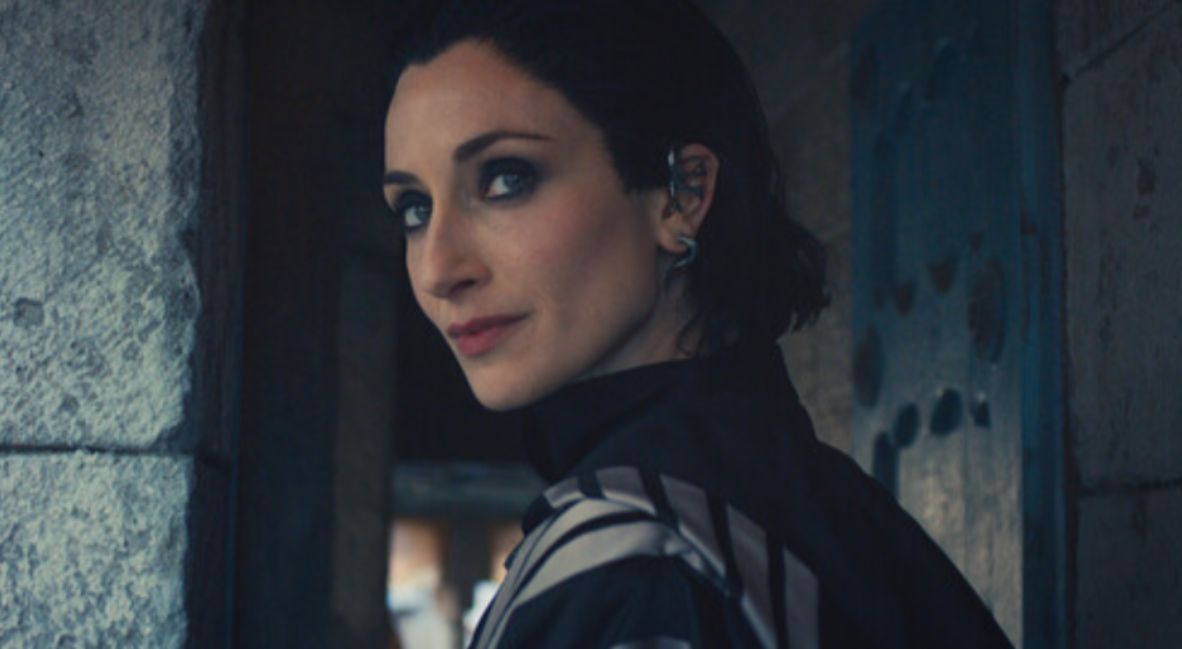
The series has taken pains to update the story. While women hold the power in the original novels, they do so with much ire and hostility. We never fully get the sense that Jordan believes it is right, and these sentiments echo throughout the male characters driving the story. In the Amazon series, the exact positions of power are held. The Aes Sedai – a group of women who can channel the One Power – stand atop the hierarchy. But now, it’s less than men don’t trust them because they’re women, but simply because the Aes Sedai are vague about what and who they stand for.
And, not for nothing, the female villains become the series’ most intriguing characters. Characters such as the volcanic Liandrin (Kate Fleetwood), whose motives are ever murky, with Season 3 unveiling the trauma that bore her rightful vehemence against men. And Lanfear’s love for Rand-for Lewis Therin-before him was less a vague obsession. It is less an excuse for an all-powerful woman to be consumed by the influence of a man. Lanfear’s danger comes from her unpredictability, and we see here how her adoration for Rand could be reciprocated, building itself into something new and toxic.
The series and its ambition are undeniable. This is especially true as we move beyond the bumbling yet charming Season 1 and into its subsequent seasons, which begin to understand the fun they could have in this endless sandbox.
The series made subtext text in developing certain relationships, with a queer love story between two women being the most epic romance of the story. The series beautifully visualized how this world had crumbled and was born again, a melting pot of cultures, histories, and influences seen in clothing and settings.
The costuming and production truly are the series’ MVPs, demonstrating how genuine craft and skill help immerse fans into a world, even if some of the performances lack the necessary impact to do the job. Even the most lavish dresses and opulent settings were believably lived in. And if they weren’t—like Queen Morgase’s dresses in Season 3 or Seanchan’s headgear in Season 2—it was to serve a point.
We were only just beginning to see the full charm of these characters.
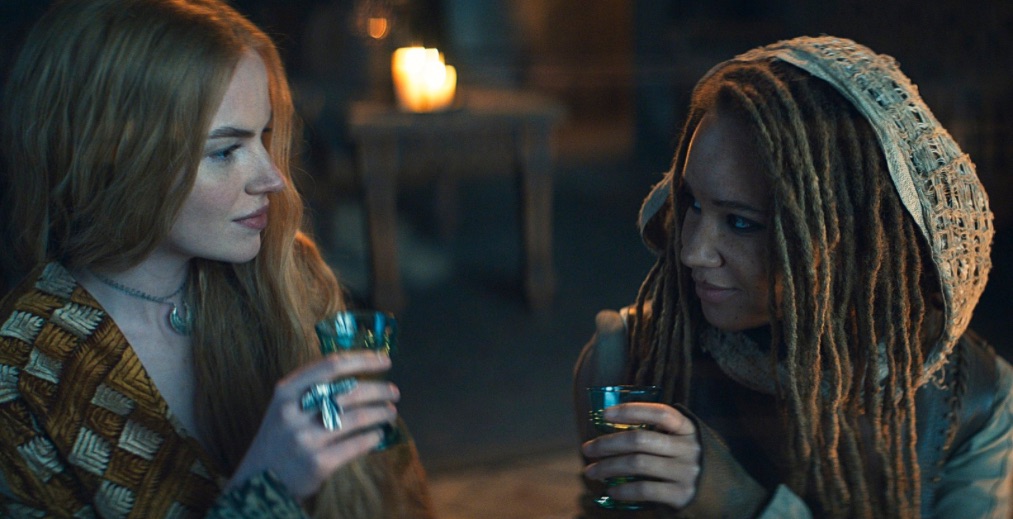
The cancellation stings, and not just because we’re now getting to the most interesting part of certain characters’ journeys. Mat (Dónal Finn), in particular, was in for a doozy after his interaction with the Eelfinn and the new fox medallion he wears because of it. It’s essentially the birthing of his true self and the version of Mat who will traverse the rest of the story. Wearier, more cunning, and infinitely cooler.
Rand (Josha Stradowski), too, has his moment of glory in recruiting the Aiel, which also cements his storyline as a reluctant yet powerful leader ever on the cusp of madness. For all that the Stradowski struggles with Rand, Rand as a character has one of the most interesting ‘Chosen One‘ narratives, as doomed by his choosing as he is rewarded.
And we haven’t even begun to see the full potential of characters such as Nynaeve (Zoë Robins), Egwene (Madeleine Madden), and Elayne (Ceara Coveney). Of the characters, Perrin (Marcus Rutherford) gets the most decisive final moment, but even his character is left to mystery, his fate undecided in the series.
There’s weight and depth to the series that others should emulate.
So it’s not just the beautiful dresses and sublime set design. It’s not just the nostalgia-fueled heartbreak and the fact that locations like the Two Rivers and the Ways look like someone combed through my memory and yanked them out to create them in the adaptation. It’s the continued untapped potential. The fact that there was a series that was confident enough to deviate from the source material while maintaining its spirit and epic saga in a way that was fitting to the novels it was based on.
Regardless of the price tag on it, The Wheel of Time, since the start, has felt like the scrappier cousin of the less interesting, garishly polished favored Amazon child – The Rings of Power, which is why it comes as little surprise that The Rings of Power is getting a third season.
As a true J.R.R. Tolkien fan and lover of The Lord of the Rings, The Rings of Power deserved the cancellation spot. The performances are solid, and the story is fine. But the biggest grievance towards it is what The Wheel of Time excels at. For such an expensive series, why on earth does it look so goddamn cheap?
Other series should strive for this level of ambition, not be canceled for it.

If anything, The Wheel of Time took notes from Peter Jackson’s The Lord of the Rings trilogy (though even I won’t suggest the former touches the latter.) But Judkins and co understood that to make this fantasy world believable, we need either characters or elements that ground us in reality.
The Wheel of Time finds that in practicality, the tactile dirt beneath your nails, the submersion of its costuming, and the set design are key. Meanwhile, the armor in Rings of Power looks to have the durability of Styrofoam.
The Wheel of Time beautifully captures the magnitude of the novels with flawed yet admirable ambition. It was not a perfect series, but it sought to expand an already horizonless world by allowing us to see these archetypal characters through new and diverse lenses while delivering immersive, all-consuming experiences. It deserved a fourth season, or at least a proper ending, to allow fans and the story some form of closure.
Instead, the big company did away with a series because, once again, at the end of the day, these series are mere content ready to gather dust.
The Wheel of Time seasons 1 – 3 are available on Amazon.



